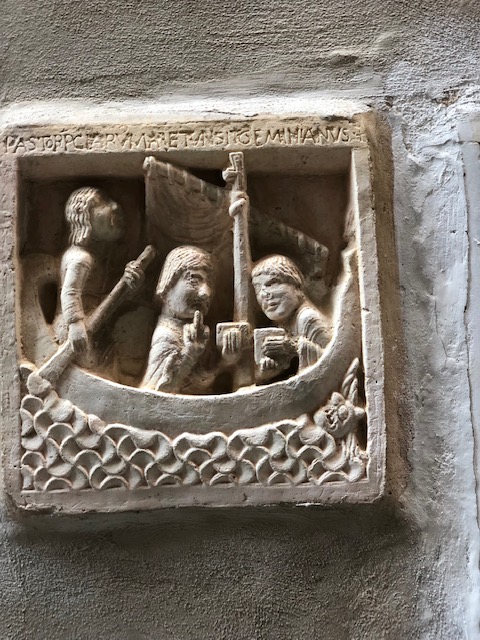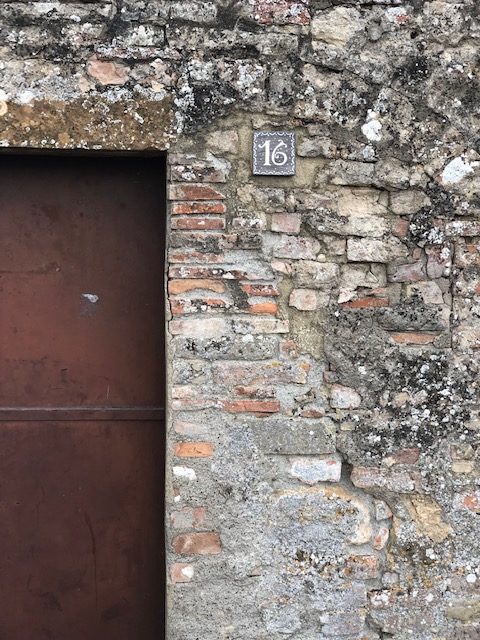

My sister Mary is a great one for “cracking” things. Not codes, or plates, or cups, but more like fun things, open – cracking a beer, cracking the champers, cracking open a packet of crisps, cracking open a box of magnums etc. So, when I heard the story of how the delicious Ligurian street food came about, I thought of my sister Mary.
Farinata is a thin savoury, bready/pancakey type snack, made from chickpea flour mixed with water, salt and olive oil. The very runny batter is then poured into a large pizza pan, and baked, preferably in a roasting hot wood-fired oven giving it a crispy top and bottom with a slightly soft, deliciously spongier centre. A naturally dense flour, the chickpeas give farinata a unique, almost smokey flavour. Usually prepared at the pizzeria, the best farinata is eaten with your hands, standing on a street curb, and when it is appena sfornata, just baked
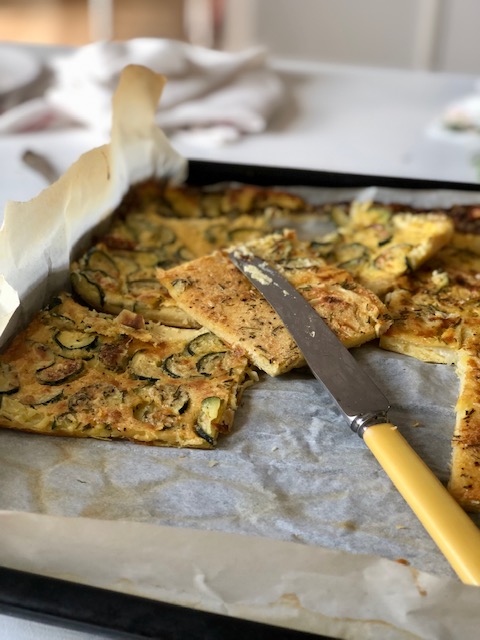
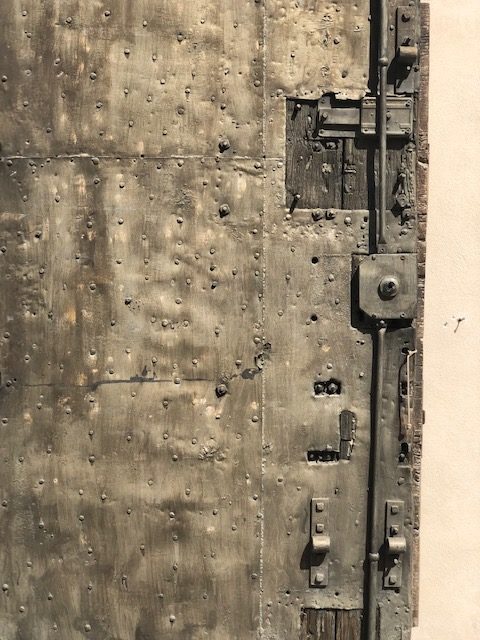
The origin story of farinata is linked to the city of Genoa. Specifically, to the period of the Italian Maritime Republic that saw Genoa and Pisa frequently quarreling. The two cities seemingly, were always up for a bit of a battle. In the 1200s, following a particular clash known as, The Battle of Meloria, Genoa defeated Pisa only to have their victory darkened, when their ships met a wild storm as they headed for home. In the fierce weather, barrels of chickpea flour and oil were cracked open, their contents being soaked in salted water. With provisions being scarce, everything that could be salvaged was salvaged. This included the curious mixture of chickpeas and oil, that was later dried out in the sun, to create a more palatable (?) pancake type dish. Back on terra firma, the Genovese refined this rudimentary recipe and what was originally known “Pisan Gold” (in honour of the Pisan defeat) became the treasured farinata of today.
Made with the modest ingredients, farinata is typical cucina povera – a dish of the poor and the thrifty and today, it is found throughout Italy. It occurs in numerous versions, stretching beyond the Ligurian coast, the name varying from place to place. In Pisa for example, it is called cecina, in Livorno you will find 5&5 panini, in Piedmont and along the coast towards Nice socca and fainè sassarese.
In my local zone of La Spezia, it is called faina and is typically eaten with a healthy grind of black pepper and a soft, somewhat sour cheese called stracchino. Less punchy and aromatic than Taleggio, less sweet than mascarpone, the mild and creamy texture of stracchino is somewhere in between these two, and compliments the smokey chickpeas perfectly.
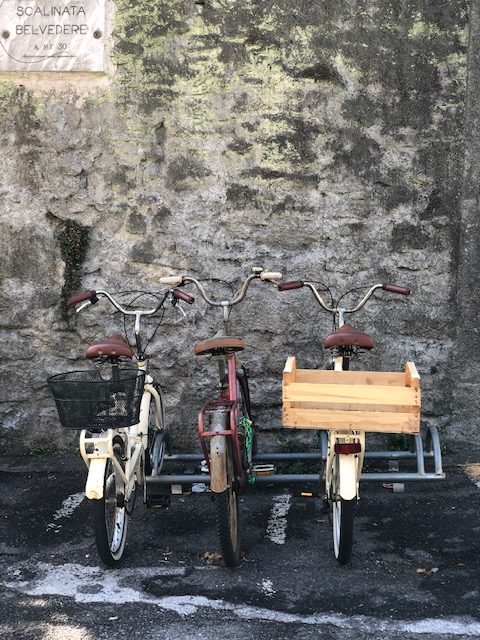

Without a doubt, farinata made in a home oven is no match for that produced by the ferocious flames of the pizzeria, but that said, this recipe makes for a mighty stab at replicating it. The recipe comes from my great friend Stefanie and produces a slab of golden deliciousness. While it needs no fancy equipment to make, and takes only minutes to pull together, the farinata batter needs to rest for 2 or more hours, so factor that one in to your plans.
I like to embellish my farinata with veggies such as onions, zucchini, cherry tomatoes – depending on what is in season, and/or a handful of herbs. If adding veggies, they are best halved and thinly sliced (and or for those longer cooking eg aubergine, precooked). The recipe makes enough for two, round pizza trays. I go with one large slab however, firstly because I don’t have any round trays, and secondly, because I like the look of a large block of yumm (my tray is 34 x 38cm). Serve the farinata as a snack or with some salad, cheese or sliced, cold meats as a light, yet super satisfying meal. Also recommended – do as my sister Mary would, and crack open a few beers to eat alongside it.
Chickpea Flatbread ~ Farinata
*get started 2 plus hours in advance!
- 250g chickpea flour
- 1 heaped teaspoon salt
- 650ml water
- 75ml olive oil
- *optional – thinly sliced onion, zucchini, halved cherry tomatoes, grilled eggplant. Herbs such as rosemary or thyme or oregano, roughly chopped …
Add the chickpea flour and salt to a large bowl. Using a hand whisk, aerate and combine the mixture. Gradually add the water, lightly whisking to avoid any lumps. Add in the olive oil and whisk to combine.
Cover mixture and leave for 2 hours.
Preheat the oven to a hot 230° C.
Lightly grease, or use baking paper, to cover a large oven tray or 2 smaller pizza pans. Pour mixture onto pans. Season with black pepper, and sprinkle over any vegetables or herbs if using.
Bake for around 20 minutes or until the golden, and the edges are beginning to become crispy. If necessary, place the farinata on the lowest shelf or oven floor for a few extra minutes to ensure that it is crispy not only on the top, but also underneath. Eat piping hot, with another round of black pepper.
